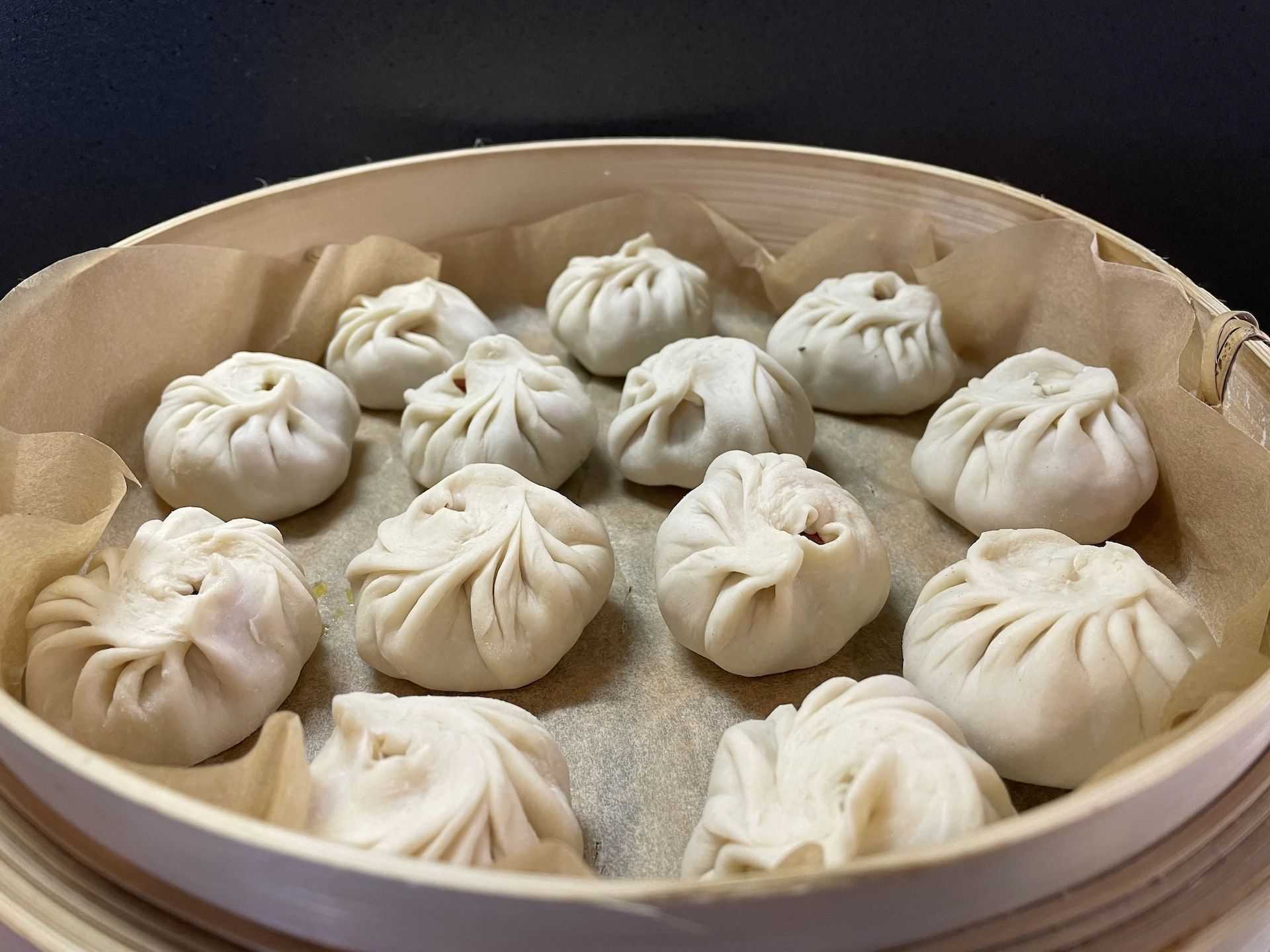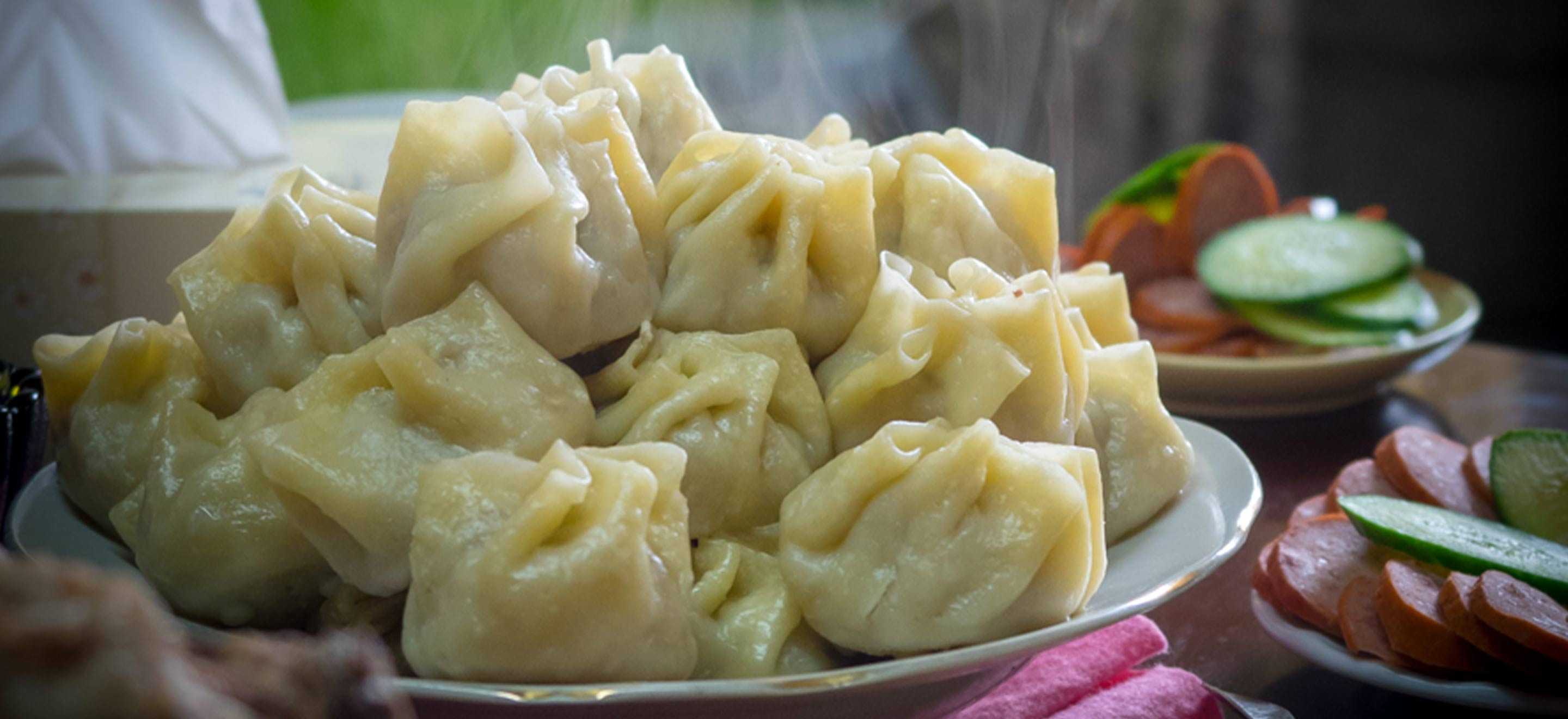
Lunar New Year in Mongolia
Lunar New Year in Mongolia
Tsagaan Sar, or the Mongolian Lunar New Year, marks the first day of the year for all Mongolians. Although the date varies each year, it is usually celebrated on a new moon day at the end of January or February. This festivity, which marks the end of a harsh winter, welcomes the birth of spring and is a time to spend with friends, family, and of course, food. Tsagaan Sar reflects on the previous year, paving the way for a successful year ahead.
Mongolians believe that the way they celebrate Tsagaan Sar predicts the year’s outcome. Therefore, they take great measures to ensure preparations are perfect. People make new outfits and prepare hundreds or thousands of meat-filled steamed dumplings, or buuz, to feed the many relatives they will host during the holiday.
While Tsagaan Sar brings three days of celebrations, festivities begin on Lunar New Year’s Eve, or Bituun. Bituun, meaning “dark moon” or “no moon” in the Mongolian language, brings the final preparations before the new year. People tirelessly clean their homes and settle outstanding debts and grievances. Herders ensure their barns are spotless and their herds are healthy. All of this is done to start the new year fresh. Bituun also holds religious significance. According to Buddhist teachings, the goddess Baldan Lham visits all families on Bituun. Therefore, people leave three pieces of ice at their doorway to provide a drink for the deity’s horse upon her arrival.
Bituun ultimately culminates in an evening celebration of buuz and traditional Mongolian games. Make sure not to leave hungry, as an empty stomach will predict hunger for the coming year.
Just as people want the prior year to end appropriately, they take the same precautions to start the new year correctly on the morning of Tsagaan Sar. It is customary to rise early and take your first steps of the year in the direction prescribed by the zodiac. Therefore, you can ensure your year will head in the right direction.
Mongolians visit their relatives over the following days and sometimes weeks, exchanging formal greetings called Zolgokh. In these greetings, the younger family members greet their elders with open palms, supporting their elbows and resting the elder’s arms on the younger’s. The younger family member asks the elder, “Amar baina uu?” or, “Are you living in peace?” The elder then kisses the younger on both cheeks. This is sometimes accompanied by a symbolic blue scarf, or Khadag, as a sign of respect.
Once people exchange greetings, they share a meal of traditional Mongolian cuisine dishes. As is the case in many holidays around the world, the table plays an essential role in Tsagaan Sar celebrations. In addition to buuz, other traditional Mongolian food adorns the table, including a steamed sheep, or uuts, and an odd-numbered display of Mongolian biscuits, or ul boov, which symbolize happiness or good fortune. Milk tea and airag are usually also served.
Although Tsagaan Sar is a holiday spent among families, travelers can enjoy the festive colors of traditional Mongolian deel and perhaps get a chance to participate in the festivities themselves.
Whether visiting during Tsagaan Sar or another time of year, see the best of Mongolia when you book a tour today!

